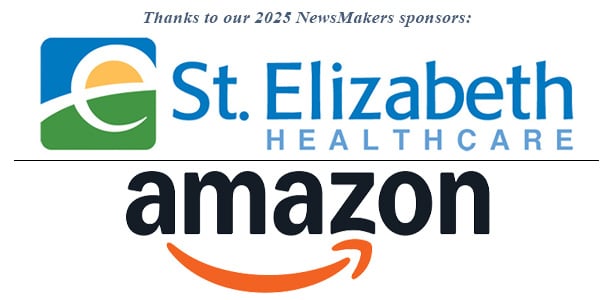When I used to go into classes and speak about our government and being a legislator, I would tell kids, “Know what you’re not willing to compromise on and what you’re willing to compromise on, and you will always negotiate from a position of strength.”
Those who know me know that I am both a social and a fiscal conservative. What you might not know is that if there is any room for “compromise” in my beliefs it would fall under the fiscal side. Don’t get me wrong, I didn’t usually vote for tax increases — unless part of a broader package that lowered taxes in other areas — and I always believe government is best when it is the least.

However, if conservatives cannot address the looming problem of affordability, those who bring forth the “snake oil” of socialism will continue to gain traction and eventually all those gains we have made as “social conservatives” will be erased as socialism tends to make government a god.
Most individuals have three main concerns when it comes to affordability: food, shelter, and healthcare. You can also throw in a fourth: transportation.
As I traveled the state while running for governor in 2023, one of the biggest concerns I heard was from those trapped at the lower income levels. There was a real fear that as they increased their income, they would lose valuable health care coverage.
Today, since the recent government shutdown refocused us on healthcare, I will propose a solution to this concern. First, understand what I am proposing is not a one-payer system.
Currently, there are two major tracks to being on Medicare. One is when you retire after paying years of FICA taxes. The other is when you go on disability for a period of time.
What I am suggesting is we create an optional third track of Medicare to let people buy into Medicare at 15% of their income above poverty. The formula would look something like this: Cost = 15% × (Income – Poverty Threshold); free coverage at or below poverty.
In year one, we would create this third track. In year two, we would phase out the ACA, and in year three, we would phase out Medicaid. Any savings from the ACA/Medicaid phase-out would be poured into this third track as well as block granting some of the saving directly to individuals so that they can purchase Medicare supplements or set up an HSA/HRA.
The outcome of this would be to create a smooth transition from government insurance back to an employer or private policy while avoiding the “cliff effect” by phasing in costs gradually as income rises.
This would also provide an incentive structure which encourages able-bodied individuals to increase income without losing affordable coverage, all while the private market for employer insurance, individual policies, and supplements remain available and supported.
The outcome would be a unified, simplified system that bridges government insurance back to private or employer coverage.
Would there be challenges in making this move? Of course there would be. Any major change is dependent on political feasibility. This proposal also, at least in the first few years, would create some administrative complexity. In addition, you would have to ensure Medicare’s trust fund had sufficient funding to absorb expanded enrollment as you phase out ACA and the subsidies to make it viable as well as the Medicaid phase-out.
But within a few years I think you will find the new system less complex while providing affordability on all levels.
And as mentioned earlier, if you can’t solve “affordability,” conservatives will lose control of the levers of government — followed shortly by the other things we hold so dear.
Mike Harmon is state outreach director for Commonwealth Policy Center.





















